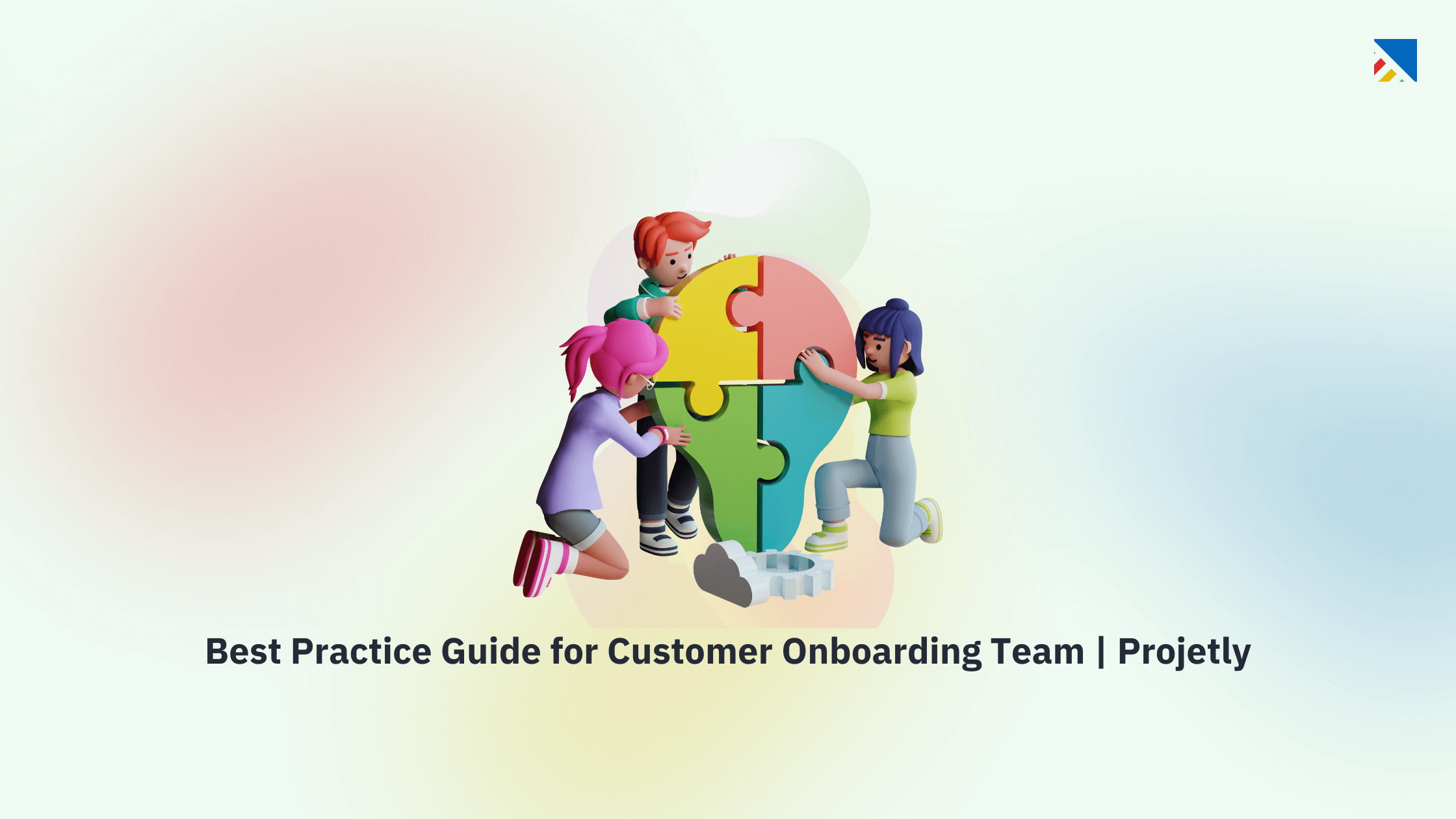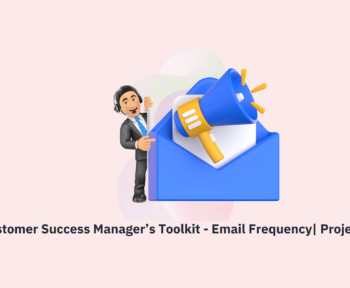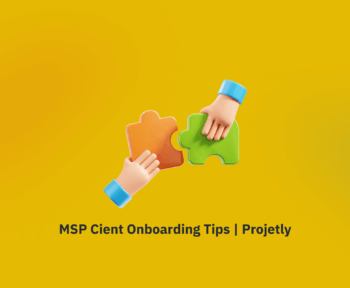Customer onboarding introduces new customers to your business and helps them become satisfied with your product or service. Your customer onboarding team must build a strong customer relationship and ensure long-term satisfaction. Effective onboarding is critical in shaping the customer experience and significantly impacts the perception of your brand.
During onboarding, you guide customers through the initial steps of using your product or service, provide them with the necessary resources and support, and address any questions or concerns they may have. This includes activities such as account setup, product demonstrations, training sessions, and ongoing communication to ensure a smooth transition into their new role as your customer.
The importance of a great customer onboarding experience
A great customer onboarding experience is essential for several reasons. Firstly, it helps customers understand the value of your product or service and how it addresses their specific needs. By demonstrating the benefits and features of your offering, you increase their confidence and motivation to continue using your product.
Secondly, a positive onboarding experience fosters customer loyalty and reduces churn for your onboarding team. When customers feel supported and guided in their journey with your company, they are more likely to stay engaged and remain loyal over time. On the other hand, a poor onboarding experience can lead to frustration, confusion, and, ultimately, customer dissatisfaction.
Lastly, an effective onboarding process sets the stage for future upselling and cross-selling opportunities. By building a strong foundation of trust and understanding, you create an environment where customers can explore additional products or services you offer. This not only drives revenue but also strengthens the overall customer relationship.
The benefits of a well-executed customer onboarding process
A well-executed customer onboarding process can yield numerous benefits for your customers and your business. For customers, it ensures a smooth transition into using your product or service, reduces the learning curve, and empowers them to derive maximum value from their investment.
A successful onboarding process for your business leads to increased customer satisfaction, higher customer retention rates, and improved customer lifetime value. It also reduces support costs by proactively addressing common questions and issues during onboarding. Additionally, a positive onboarding experience can generate positive word-of-mouth referrals, expanding your customer base and driving organic growth.
Critical elements of a successful customer onboarding program
Several vital elements must be considered to create a successful customer onboarding program. First and foremost, you must clearly define the desired outcomes of the onboarding process. What specific goals do you want to achieve? This could include activating certain product features, achieving particular milestones, or reaching a certain level of proficiency.
Next, you must develop a comprehensive onboarding plan aligning with your desired outcomes. This plan should outline the step-by-step process customers will go through, including any necessary training or educational resources. It should also consider the customer’s perspective and address their pain points and challenges.
Another critical element is personalization. Tailoring the onboarding experience to customers’ unique needs and preferences can significantly enhance their satisfaction. Try customized welcome messages, customized training materials, and one-on-one interactions with a dedicated onboarding specialist.
Creating a customer onboarding team
Building a dedicated customer onboarding team is crucial for the success of your onboarding program. This team will guide customers through onboarding and ensure their needs are met. Here are some key roles and responsibilities within a customer onboarding team:
- Onboarding Manager: The manager oversees the onboarding process, sets goals and targets, and ensures the team is aligned with the company’s objectives.
- Onboarding Specialists: These specialists work directly with customers, providing training, answering questions, and addressing concerns. They act as the primary point of contact during the onboarding phase.
- Technical Support: Technical support team members assist customers with any technical issues they may encounter during the onboarding process. They troubleshoot problems, provide solutions, and ensure a smooth transition.
- Customer Success Managers: Customer success managers focus on customers’ long-term success. They work closely with onboarding specialists to ensure a seamless transition from onboarding to ongoing support and engagement.

Roles and responsibilities within a customer onboarding team
Each member of the customer onboarding team plays a crucial role in the onboarding experience. The Onboarding Manager sets the strategic direction, monitors progress, and ensures alignment with company goals. Onboarding Specialists are responsible for guiding customers through onboarding, answering their questions, and addressing any concerns. Technical support aids customers with technical issues and ensures a smooth transition. Customer Success Managers focus on long-term customer success and work closely with the onboarding team to provide ongoing support and engagement.
Best Practices for Customer Onboarding Team
Here are some key recommendations to create a seamless and practical customer onboarding experience. Suggest these best practices to your customer onboarding team:
- Set Clear Expectations: Communicate to your customers what they can expect during the onboarding process, including timelines, milestones, and support resources.
- Provide Comprehensive Training: Offer training sessions, tutorials, and other materials to help customers understand how to use your product or service effectively.
- Personalize the Experience: Observe customers’ unique needs and preferences and customize the onboarding process to ensure they feel valued and supported.
- Maintain Ongoing Communication: Regularly check in with customers, provide status updates, and address any queries or concerns they may have.
- Solicit Feedback: Gather customer feedback to understand their onboarding experience and identify areas for improvement.
Tools and Resources for Customer Onboarding Team
Several tools and resources can enhance your customer onboarding efforts. These include:
- Onboarding software: Utilize specialized software that automates and streamlines the onboarding process, allowing for personalized communication, progress tracking, and data analysis.
- Knowledge base: Develop a comprehensive knowledge base that provides customers self-service resources, such as FAQs, tutorials, and troubleshooting guides.
- Customer relationship management (CRM) system: Implement a CRM system to track customer interactions, monitor progress, and ensure seamless communication across the onboarding team.
- Collaboration tools: Use collaboration tools to help facilitate communication and coordination among team members, ensuring a smooth onboarding experience.
Related blog: 8 Great SaaS Onboarding Tools to Choose for Your Onboarding Challenges
Measuring the success of your customer onboarding efforts
Measuring the success of your customer onboarding efforts is crucial for continuous improvement. Include these metrics in your tracking:
- Time to value: Measure how quickly customers achieve their desired outcomes and derive value from your product or service.
- Activation rate: Track the percentage of customers who complete the onboarding process and start using your product.
- Retention rate: Monitor the percentage of customers who remain active and engaged after the initial onboarding phase.
- Customer satisfaction: Gather customer feedback to assess their satisfaction with the onboarding experience and identify areas for improvement.
Regularly monitoring these metrics can identify bottlenecks, address customer pain points, and refine your onboarding process for optimal results.
Developing a customer onboarding strategy for your team
To develop a strategy for your customer onboarding team, follow these steps:
- Define goals and outcomes: Clearly articulate what you want to achieve through onboarding, such as increasing product adoption or reducing customer churn.
- Identify customer personas: Understand your target audience and segment them into different personas based on their needs, preferences, and pain points.
- Map the customer journey: Outline the step-by-step process customers will go through during onboarding, considering their perspective and addressing their pain points.
- Design personalized onboarding experiences: Tailor the onboarding process to each customer persona, providing relevant resources and support based on their unique needs.
- Implement and iterate: Launch your onboarding program, gather feedback, and continuously iterate based on customer insights and data analysis.
Conclusion
Mastering customer onboarding is essential for creating a positive first impression, driving customer satisfaction, and ensuring long-term success. By implementing key elements of a successful onboarding program and leveraging the right tools and resources, you can create a seamless and personalized onboarding journey for your customers. Make sure to measure the success of your efforts, continually refine your onboarding strategy, and prioritize customer satisfaction. With a well-executed onboarding process, you can set your customers up for success and foster long-lasting relationships.
Implement these strategies and tips to enhance your customer onboarding experience and drive long-term success for your business!
Frequently Asked Questions
-
How can I improve my customer onboarding process?
Improve your onboarding process by understanding customer needs, personalizing communication, utilizing technology, providing continuous support, and gathering feedback.
-
What tools can help with customer onboarding?
Onboarding software solutions, interactive tutorials, knowledge bases, and dedicated support channels can significantly streamline the onboarding process.
-
How do I measure the success of my onboarding process?
Measure the success of your onboarding process by tracking key performance indicators (KPIs) such as time to first value, customer satisfaction scores, and retention rates.





0 Comments